The comparison between the performances of the Red Bull RB20 and last year's RB19 highlights how this year's car has not been at all dominant, with the competition reeling it in.
It is 132 points down on this time last year, indicating the average competitiveness level over the 14 races held so far, with the car also becoming increasingly track-dependent, especially from the Miami Grand Prix.
The RB20 showing increasingly accentuated track sensitivity is surprising, with Max Verstappen able to claim four wins in the opening five races in a variety of track layouts and conditions.
The sole exception was the Australian GP, where he retired due to an anomalous failure in the right rear brake which started a fire. That very problem could now be considered a clue to Red Bull's current struggles.
Viewed by others:
Technical regulation change
At the end of July, the FIA rewrote article 11.2.1 of the technical regulations, after a unanimous vote by the teams, which previously read: "Any system or mechanism that can systematically or intentionally produce asymmetric braking torques on a given axis is prohibited."
It is intriguing that the article was re-written and the issue not simply addressed by a technical directive, the mechanism normally used when a technical question is clarified after a request from a team.
It is possible then to infer that the modification of the article itself has come when there is a fear that a loophole in the rules has already been exploited.
In practice, the latest version of article 11.2.1 (below) suggests that a team had already thought about asymmetric braking at the start of the year, contravening the spirit of the rules, but not breaking any.
The latest version states: "The braking system must be designed so that, within each braking circuit, the forces applied to the brake pads are of the same magnitude and act as opposite pairs on a specific brake disc. Any system or mechanism that can systematically or intentionally produce asymmetric braking torques on a given axis is prohibited."
But what does all this have to do with Red Bull? Taking a step back, the problem suffered in Australia, as previously mentioned, constituted a sort of clue, which the FIA technicians apparently wanted to investigate.
From RacingNews365's sources, it appears that the RB20, up until the Chinese GP, mounted an inertial valve on the braking system section at the rear downstream of the brake-by-wire system.
In practice, a valve with a T connection received a single hydraulic pressure directed to the rear axle by the brake-by-wire, but which could be precisely directed with greater pressure to the left or right of the rear axle, depending on which way the car was turning through a corner.
The impact of the system
It is correct to point out that the inertial valve is not part of the components supplied to the team by the manufacturer of the braking system, Brembo, and does not modify its basic characteristics when it comes to safety.
Furthermore, the inertial valve has its function only when the car approaches the corner entry phase, since in a straight line, at the start of the braking action the pressure between the right and left remains identical, with the sphere placed exactly at the centre of the T.
Having said that, it should be clarified that the advantages of such a system are concentrated above all in the handling of the car. Cornering precision becomes absolute and understeer disappears.
These are traits the RB20 has progressively lost from Miami onwards, something not even subsequent upgrades have managed to remedy. Now, obviously, there is no proven proof that this is what happened, given the obvious and dutiful confidentiality on the part of the FIA.
In any case, were Red Bull using such a system at the start of the season, it would have been completely legal given the wording of the technical regulations at the time and there would be no basis for an FIA sanction.
In short, the drop in relative competitiveness of the RB20 is not a question of aerodynamic problems, or of extreme setups, but rather of a progressive increase in the critical nature of the vehicle dynamics.
It is difficult to imagine what the corrective measures could be, which from our sources point to a different management of the set-up and the dialogue between how the front and the rear end 'talk' to each other beyond the summer break.
It is a puzzle for the engineers directed by Pierre Waché because it is very difficult to replicate the function of a system when it is removed from a car, if indeed, it was there to begin with.
Also interesting:
In the latest episode of the RacingNews365 podcast, Nick, Sam and Ian look back on the first half of the 2024 F1 season. Their favourite moments are discussed, as is Lewis Hamilton's recent return to form. Max Verstappen and Lando Norris' title fight is also assessed.
Rather watch the podcast? Then CLICK HERE!
Don't miss out on any of the Formula 1 action thanks to this handy 2026 F1 calendar that can be easily loaded into your smartphone or PC.
Download the calenderMost read
In this article

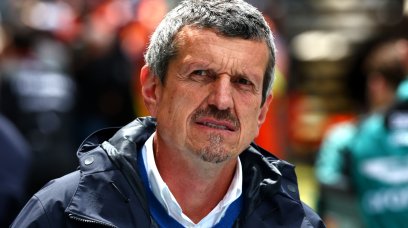






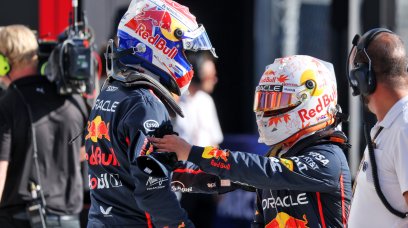
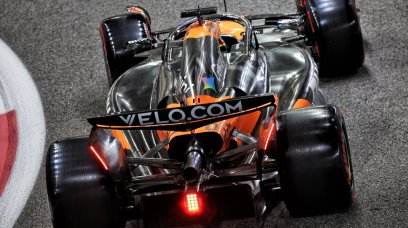
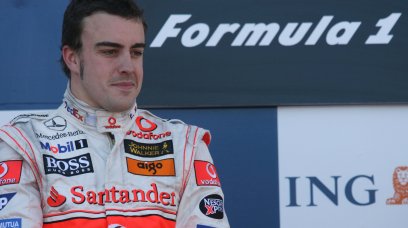
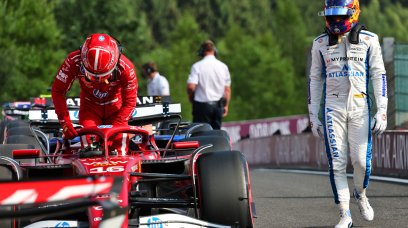


Join the conversation!